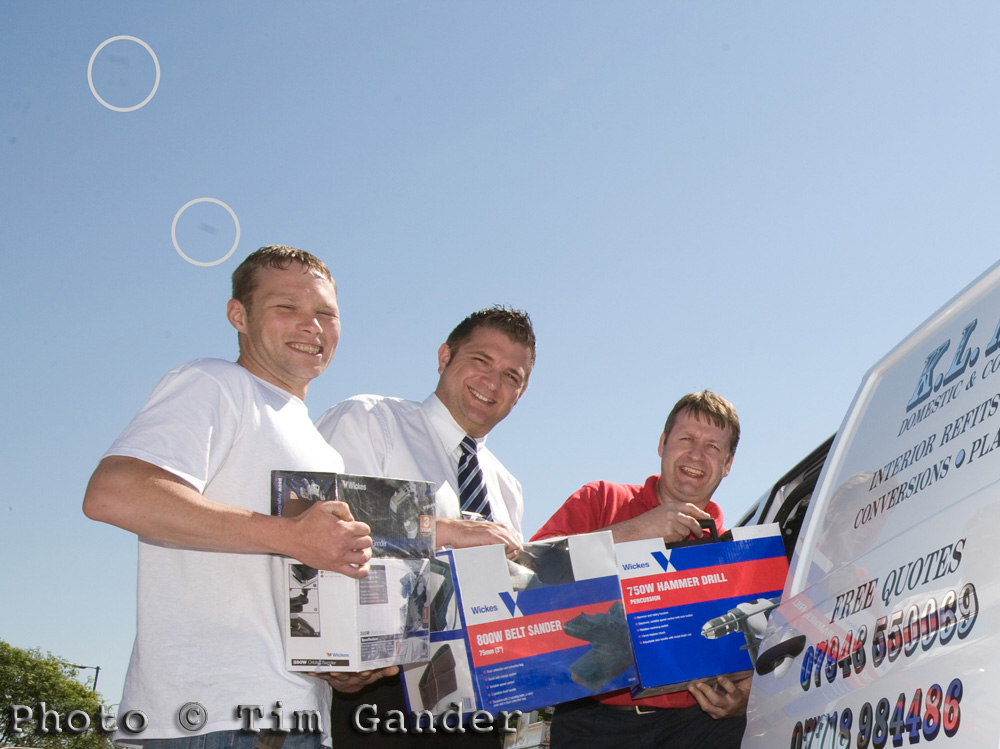Post production is the process that dare not speak its name. It is surely some manner of witchcraft; the sort of thing only the Devil’s nerdy brother would be into. So what is it? And why should you care?
The concept is simple, the practice less so. Post production is what happens to the photos after the shoot, and before they’re delivered. And though you don’t necessarily need to know what post production is, it is helpful if you have an idea of the basics.
The image file that comes straight from a digital camera isn’t matched to any particular use, and is therefore not matched to any use. To explain that a little better; the camera file will normally be the right resolution for web (72dpi) but will be too large a file to upload. At the same time, it will be physically large enough to produce a print, but needs to be converted to around 300dpi for good quality print output. So the file needs to be resized to suit the end use.
Other things need to happen too. Often the photo will need some tweaking to get the colour, brightness and contrast perfect for the intended use. Also, while the image will be perfectly in focus (because I don’t take out-of-focus photos – no sniggering at the back!) it will need a little digital sharpening to make it appear really crisp in print or on the web. That’s just a characteristic of digital.
Digital SLR cameras tend to have a problem with dust getting in through the lens mount (normally when changing lenses) and adhering to the imaging chip. These then show up as grey blobs and hairs on the image which need to be cloned out in Photoshop or they’ll show up in the published image.
Adding captions, applying the relevant colour profile and conversion from RAW to jpeg format are also part of post production.
While some of these processes can be done in batches, some have to be carried out on each individual file. This can add considerable time to the overall process of shooting and supplying images to clients, and that time has to be factored into the assignment fee or charged separately, at which point my client might be wondering what they’re paying for. If I’ve factored it in, where another photographer hasn’t, it can make me look expensive, but then I’m not a “dump and runner”.
A dump-and-run photographer is one who simply writes the image files straight from camera to disk with little or no post production, dumps the files on the client, takes the money and runs. They may look like a cheaper option, but the truth is you’re not getting a professional service or top quality images, and this will be reflected in the final project.
Post production can be tricky and incredibly dull work, but I pride myself in the quality of work I deliver. And while you don’t need to know all the technical details, it’s at least worth understanding that it is a necessary process. And the Devil’s nerdy brother doesn’t charge as much as he used to…

